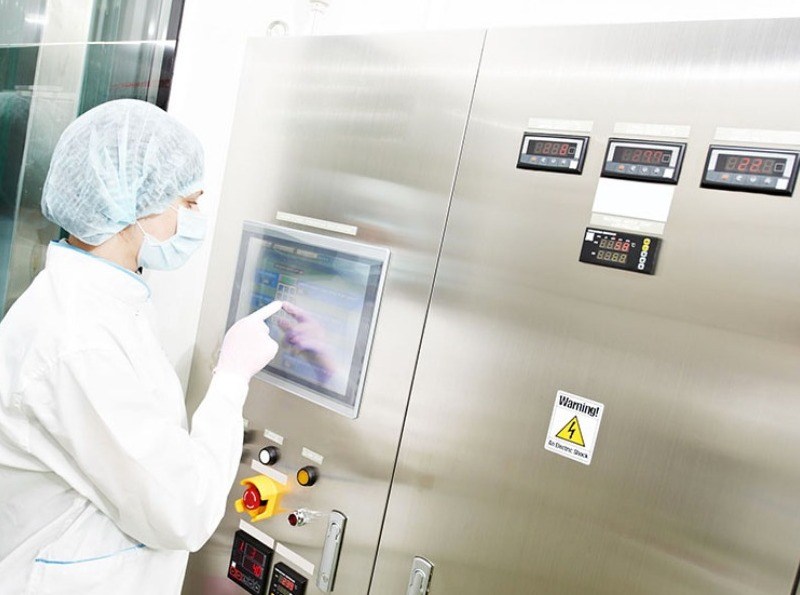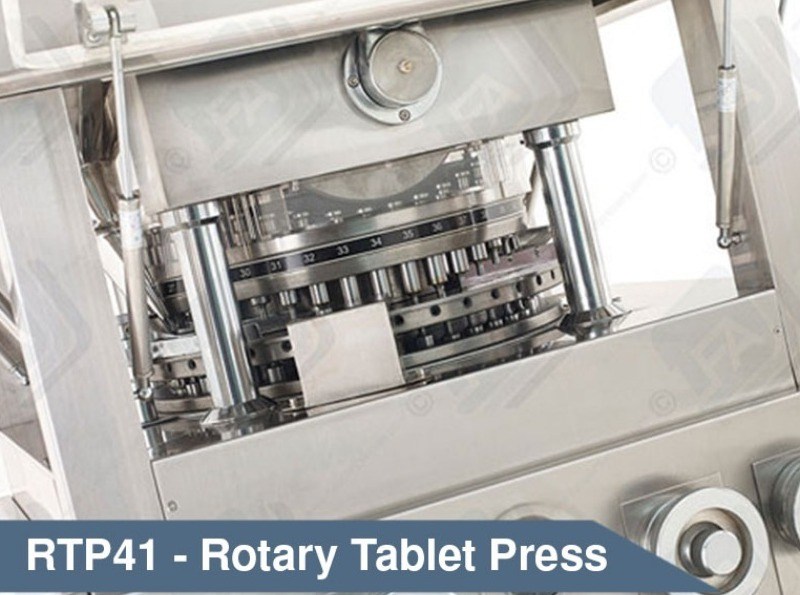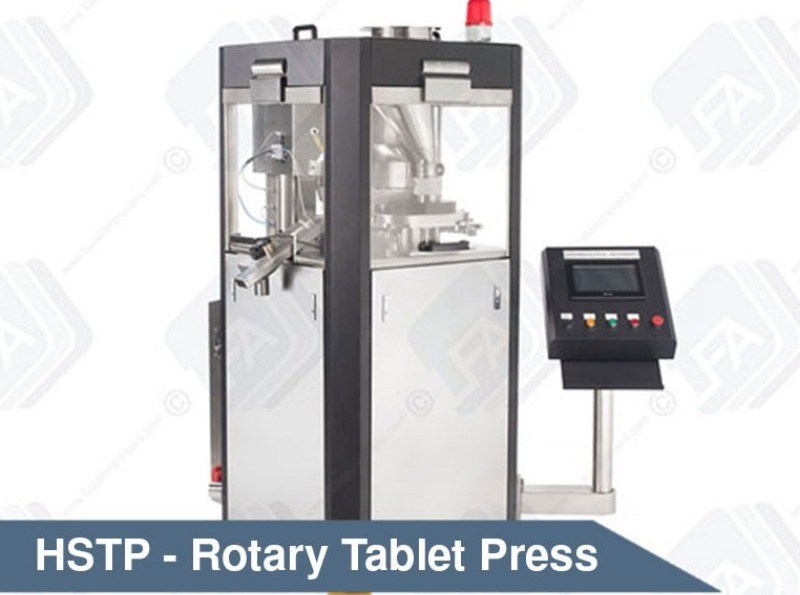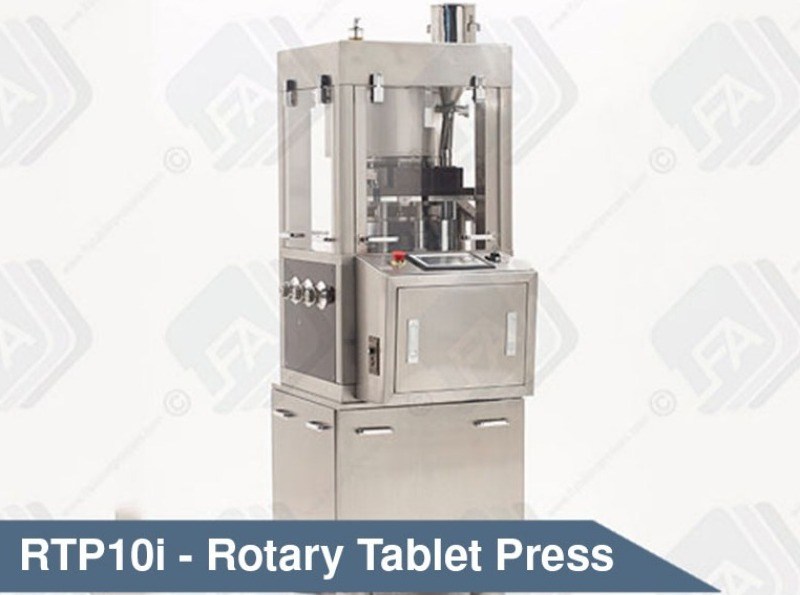There are several ways to prevent cross contamination during production and below are some ways to do so. Before starting, line clearance should be performed as per the SOP of the company. Do a checklist and record. Check to see if any starting materials are missing, previous record documents, product residues and product itself. Practice a closed system when handling the materials.
Different Types Of Contamination, Causes And Prevention For Pharmaceutical Industry
Different Types Of Contamination, Causes and Prevention in the Pharmaceutical Industry
Contamination poses a dangerous threat to the safety and effectiveness of pharmaceutical products. Whether it is during the manufacturing, storage, or transportation, the presence of unwanted materials–known as contaminants– can compromise on the quality and have various health risks.
The Most Common Types of Contamination Include:
-
Physical Contamination
-
Examples: fiber material, particles, chips from your pill press machinery.
-
Example Incidents: A leak in the containment system introducing debriefs into the product batch.
-
Chemical Contamination
-
Examples: vapor, gasses, moisture or residues from previous batches.
-
Example Incident: Using a container that hasn’t been properly cleaned before reuse, causing a chemical interference.
-
Biological Contamination
-
Examples: fungus, bacteria, virus.
-
Example Incident: Contaminated, undried containers allow bacteria to multiply and affect the new batch.
Causes of Contamination
Understanding the various types of contamination is only the first step. To completely prevent contamination it is essential to identify the specific causes behind this issue. The causes often come from poor hygiene practices, improper handling, inadequate cleaning, and environmental factors. Below are some of the causes, prevention, and the process of elimination.
Causes of Biological Contamination:
-
Unhygienic and unsanitary practice
-
Improper work attire
-
Use of contaminated materials and equipment
-
Open wounds or lesions in operators
-
Operators suffering from infectious disease
Prevention of Contamination:
-
Determine the cause of the contamination
-
Anticipate the effect
-
Prevent any ingress and egress
-
Minimize the effects and quarantine the area
-
Control the remaining contamination
Process of Elimination:
To Eliminate Sources:
-
Remove contaminated materials
-
Reduce human involvement
-
Control air and water input
-
Regulate equipment use
To Reduce Human Risk:
-
Ensure proper attire
-
Limit human involvement
-
Control air and water input
-
Regulate equipment use
To Reduce Waterborne Risks:
-
Use filtration, UV Treatment, reverse osmosis
-
Monitor for pathogens like E. coli and Salmonella
To Reduce Airborne Risks:
-
Install HEPA/ULPA filters
-
Use airlock and AHU systems
Tips to Prevent Contamination
How LFA Tablet Presses Can Help
At LFA Tablet Presses, we do more than just supply high quality pill presses- we partner with you to make sure that the production process and the environment meets the highest standards of hygiene and compliance. Contamination is a serious challenge across the pharmaceutical, food, and chemicals sectors. If you are looking to reduce contamination risks or optimize your setup, get in touch with our team for expert guidance and support.






